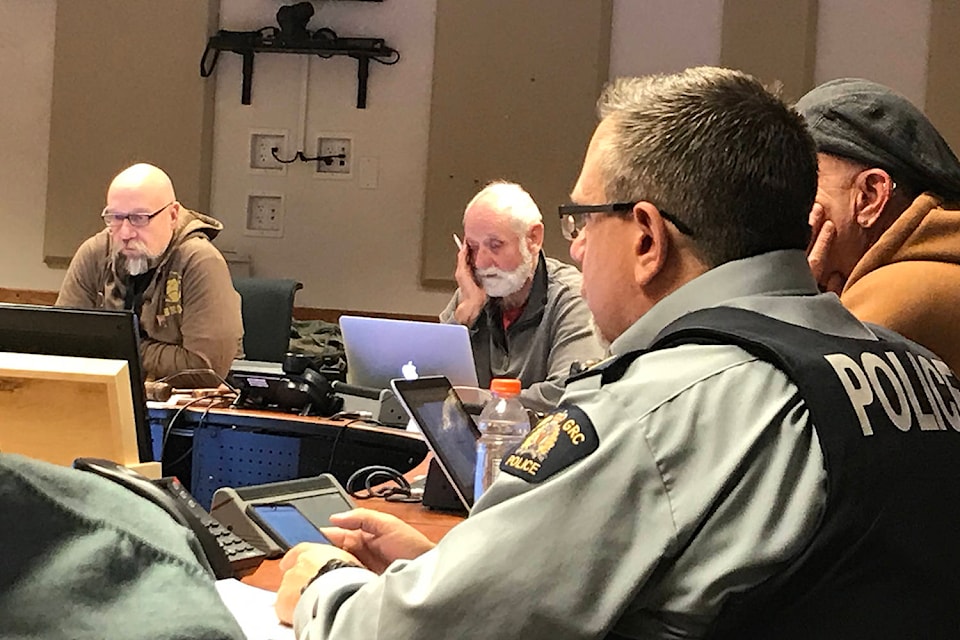A stable and reliable shelter may not be in the cards for Grand Forks, the Social Services Advisory Group resolved at a meeting last week, after learning that a building the group had been eying near the hospital was not fit for occupancy.
Though the city’s building inspector had previously said that all that was required to make the former nurses’ residence in Grand Forks suitable for a shelter was to add more pull stations for the fire alarm, an Interior Health representative told the group last week that concerns about a leaky roof, mould and asbestos would also have to be addressed before occupancy, with renovations costing more than $100,000.
“That facility, at this point in time, is not on the table from from their perspective,” said Bob Huff of Habitat for Humanity to his peers at the advisory group.
With no shelter and no emergency plan in place, like there are in other communities such as White Rock, Courtenay and Terrace, as well as larger municipalities, the advisory group will be asking the regional district and the city to work together to establish an emergency weather protocol that would open up local shelter spaces when enacted.
The group will “recommend to City Council of the Regional District to make the development and implementation of an emergency weather response plan a priority,” members decided last Wednesday.
Under the Assistance to Shelter Act, the minister or communities themselves may declare a weather emergency based on local criteria, triggering a shelter to open and bring people in from the cold.
The act also provides criteria for police to assess risk levels for people they encounter outside and says that police may escort people to safe locations indoors. But with no shelter and no 24-hour businesses such as Tim Hortons locally, Sgt. Darryl Peppler said that getting people to appropriate shelter in the first place will be a challenge.
“We’re telling people we’re not going to have a shelter in place – it’s unlikely,” he said. “I was actually going to be in the process of finding where there are shelters to tell these people where to go.”
The nearest emergency shelter in Trail has reportedly been full several nights already this winter, serving its local population. In past experience in Hope, Peppler said, shelters would pay for buses or taxis to get people to shelters with available beds nearby.
“We’re not going to leave them to the cold,” Peppler added. “[But] we can’t bring him into a jail cell because they haven’t done anything, they might want to go to the hospital for something. But then, what does the hospital do afterwards? They call us.
“There is no plan that there’s – if it was that easy, then we could have had this resolved in August,” Peppler added.
